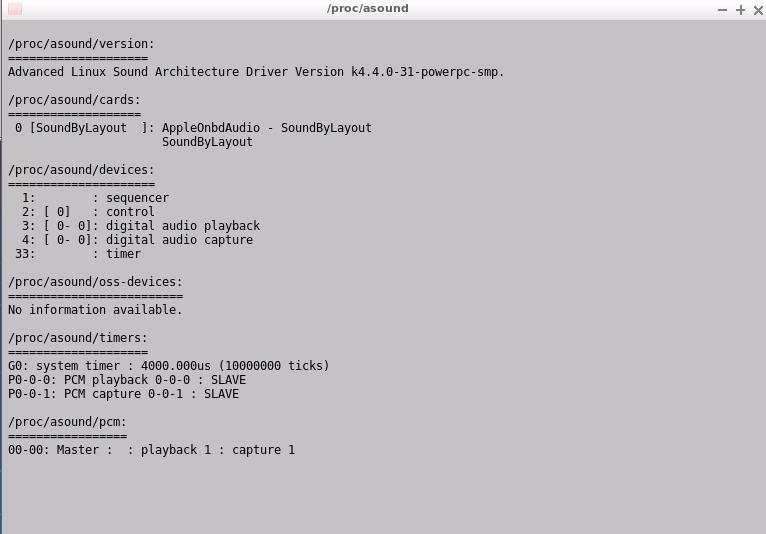[update]
I remove:
/etc/modprobe.d/blacklist.local.conf
now I view device:
but I dont hear any sound
p.s.
more info
from: paman
http://digilander.libero.it/sacarde/np/ppc3.jpg
from: sudo alsamixer
http://digilander.libero.it/sacarde/np/ppc2.jpg
